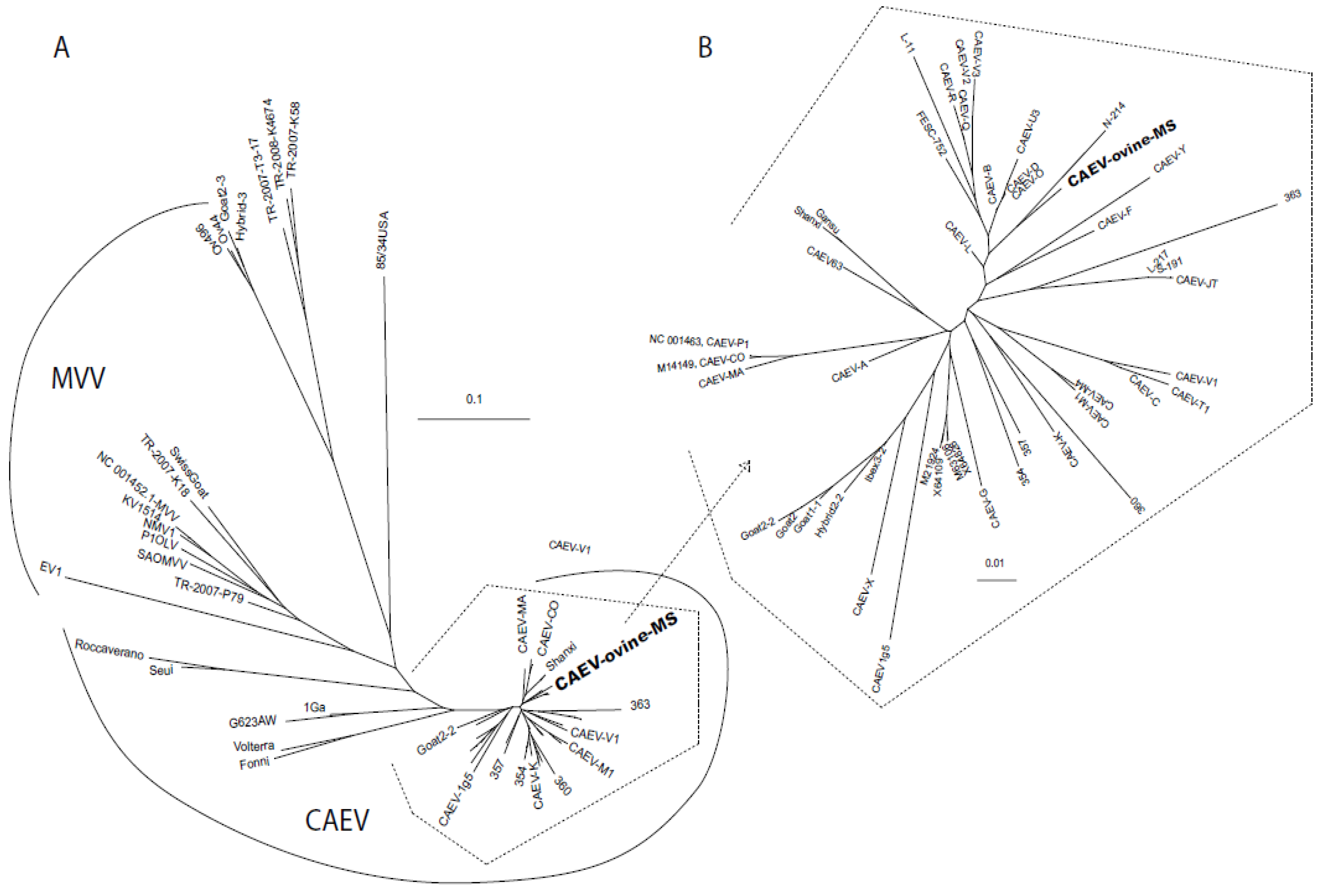

ONLY DEWORM ANIMALS THAT NEED TREATMENT.Benzimidazole effectiveness will be greatly enhanced if the animal is redosed in 12 hours. Do NOT hold pregnant ewes or does off feed in late gestation. This slows the digestive processes, allowing the dewormer to remain in the animal’s body longer for increased effectiveness.

Hold animals to be wormed off feed for 12-24 hours before treating with benzimidazoles (Fenbendazole and Albendazole) or ivermectin, doramectin, and moxidectin. See Table 2 for a list of dewormer classes. Use dewormers from two different classes if resistance is suspected on the farm. Consult with your veterinarian when treating goats because extra-label dosages are usually recommended. Be sure to administer the entire dose over the animal’s tongue and to the back of its throat. Weigh each animal to be treated and administer the correct amount of dewormer to each animal. Resistance is defined as less than 95% reduction in fecal egg counts post-treatment. Ray Kaplan’s laboratory at the University of Georgia’s College of Veterinary Medicine for “DrenchRIte” laboratory diagnosis of resistance. This is done by pre- and post-treatment fecal egg counts (see Reference #6 below for the procedure) or submitting fecal samples to Dr. Identify which wormers are effective on your farm. Common nematodes (roundworms) of sheep and goats. Smart Drenching encourages producers to used dewormers selectively, judiciously and effectively. The goal of Smart Drenching is to maintain animal health and production while decreasing the rate of development of parasite resistance to anthelmintics. Des Hennessy of Australia coined the term “Smart Drenching” (deworming) to describe selective treatment of certain animals and the ACSRPC advocates this approach. Nevertheless, producers still rely heavily on anthelmintics (dewormers). Their research with copper particles and certain tannin-containing plants show promise as potential non-chemical parasite control measures. Note that eggs are shed in fecal pellets and several larval molts and required before the parasite reaches the infective L-3 stage.Īn organization called the American Consortium for Small Ruminant Parasite Control (ACSRPC) is devoted to addressing the problem of parasite resistance to dewormers. Haemonchus contortus, commonly known as the barber pole worm, is responsible for most losses from small ruminant nematode (roundworm) parasitism (See Table 1 for the most common nematodes). Indeed, in some areas of the south, producers have no effective dewormers and cannot raise sheep and goats without extreme losses to parasites the common name for a major intestinal parasite-“the bankrupt worm”-has become all too true for them. Unfortunately, these practices and other factors have contributed to the development of parasite resistance to dewormers. Place animals onto a clean pasture after deworming. Deworm when fecal examinations are positive. Long-time sheep and goat producers can readily list all the standard parasite control measures they have been taught over the years: Local, regional and community food systems. Commercial fishing, crabbing and clamming.






 0 kommentar(er)
0 kommentar(er)
